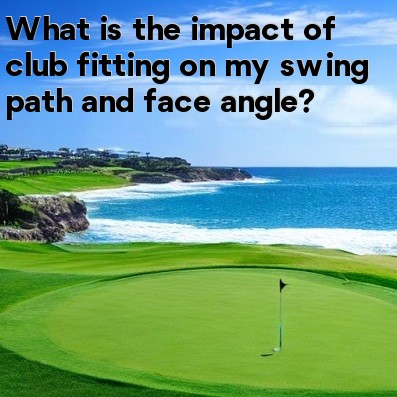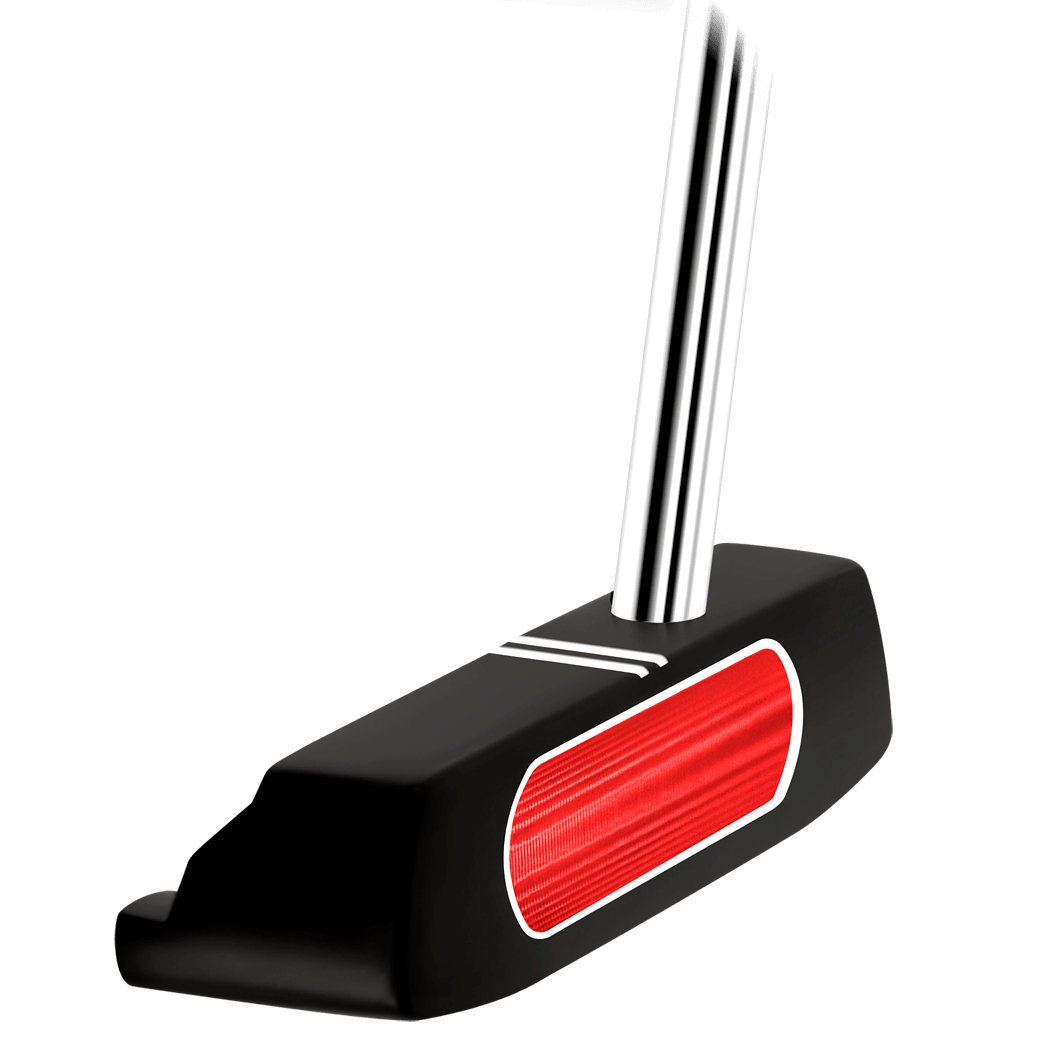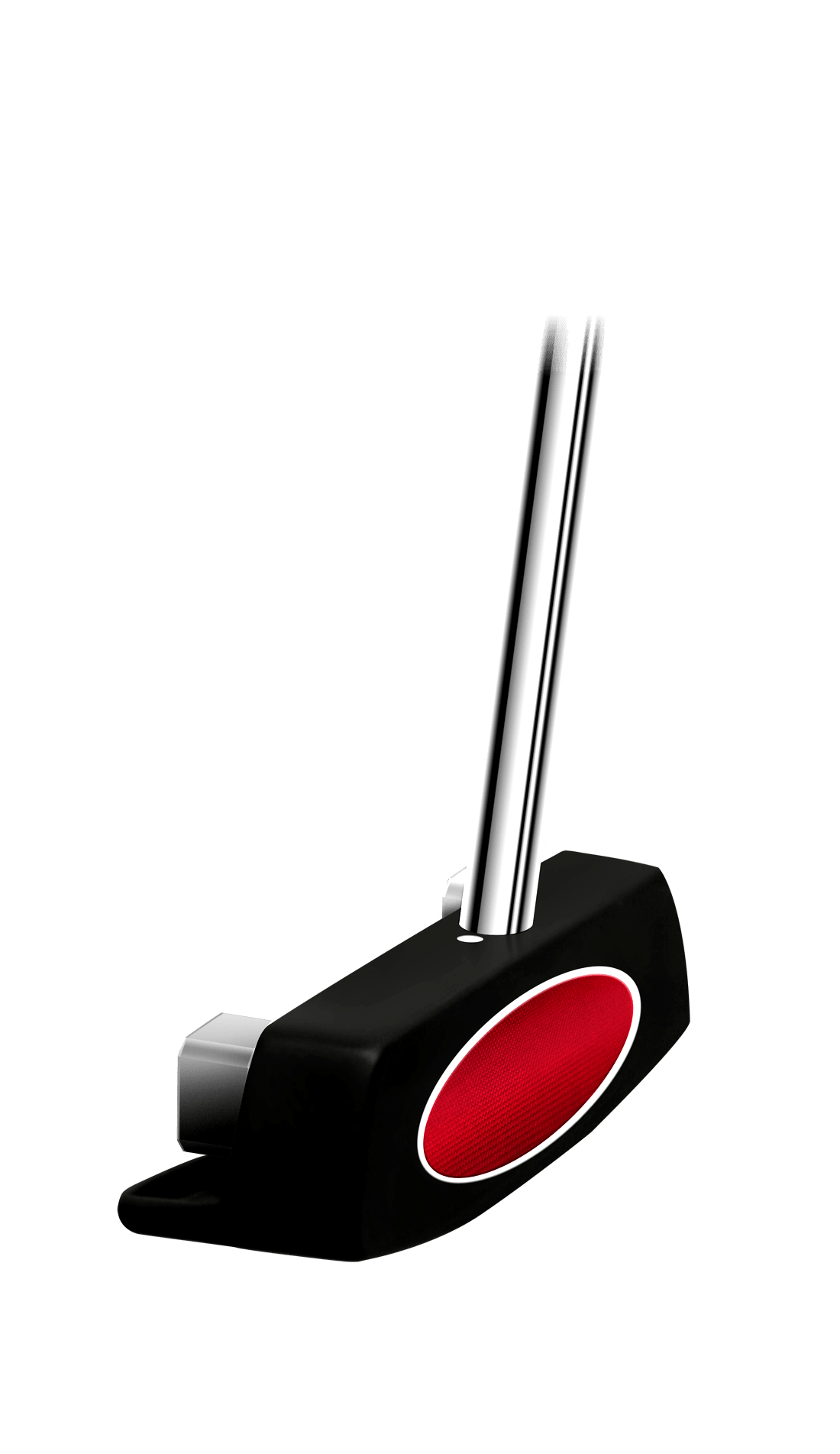
In golf, what is the impact of club fitting on my swing path and face angle?
Club fitting is an essential aspect of golf that can greatly impact your swing path and face angle. When your clubs are properly fitted to your individual swing characteristics, it can optimize your performance on the golf course.
One of the key areas that club fitting can affect is your swing path. The swing path refers to the direction the clubhead travels during your swing. A club that is fitted correctly can help promote a more consistent swing path, resulting in improved ball striking and greater accuracy.
During a club fitting session, a golf professional or club fitter will analyze your swing and evaluate factors such as your swing speed, swing plane, and release pattern. Based on these factors, they may recommend adjustments to the length, lie angle, and loft of your clubs to help align your swing path more effectively.
The length of your golf clubs can have a significant impact on your swing path. If your clubs are too long, it can lead to an over-the-top swing, causing the clubhead to approach the ball from an outside-in path. On the other hand, if your clubs are too short, it can result in a swing that is too flat, promoting an inside-out swing path. By having your clubs properly fitted for your height and swing characteristics, you can ensure a more optimal swing path that promotes consistent and accurate ball striking.
Another crucial aspect that club fitting can influence is the face angle at impact. The face angle refers to the position of the clubface relative to the target line at the moment of impact. A club that is fitted correctly can help ensure that the clubface is square to the target, leading to straighter shots and better ball control.
Club fitting professionals will assess factors such as your hand position, grip type, and clubhead weight distribution to determine the optimal face angle for your swing. Through adjustments to lie angle and loft, they can help align the clubface more accurately at impact, reducing the chances of slicing or hooking the ball.
Additionally, club fitting can also take into account the swing dynamics of each club in your set. Different clubs, such as drivers, irons, and wedges, have different swing characteristics and require different adaptations to optimize performance. By fitting each club individually, you can ensure that every club in your bag is suited to your swing and maximizes your potential on the course.
In conclusion, club fitting plays a vital role in determining your swing path and face angle in golf. By getting your clubs properly fitted, you can ensure that your swing is optimized for accuracy and consistency. Whether it's adjusting the length, lie angle, or loft, club fitting can help align your swing path and clubface, resulting in improved ball striking and greater control over your shots. Investing in a club fitting session with a professional can have a profound impact on your performance on the golf course.






